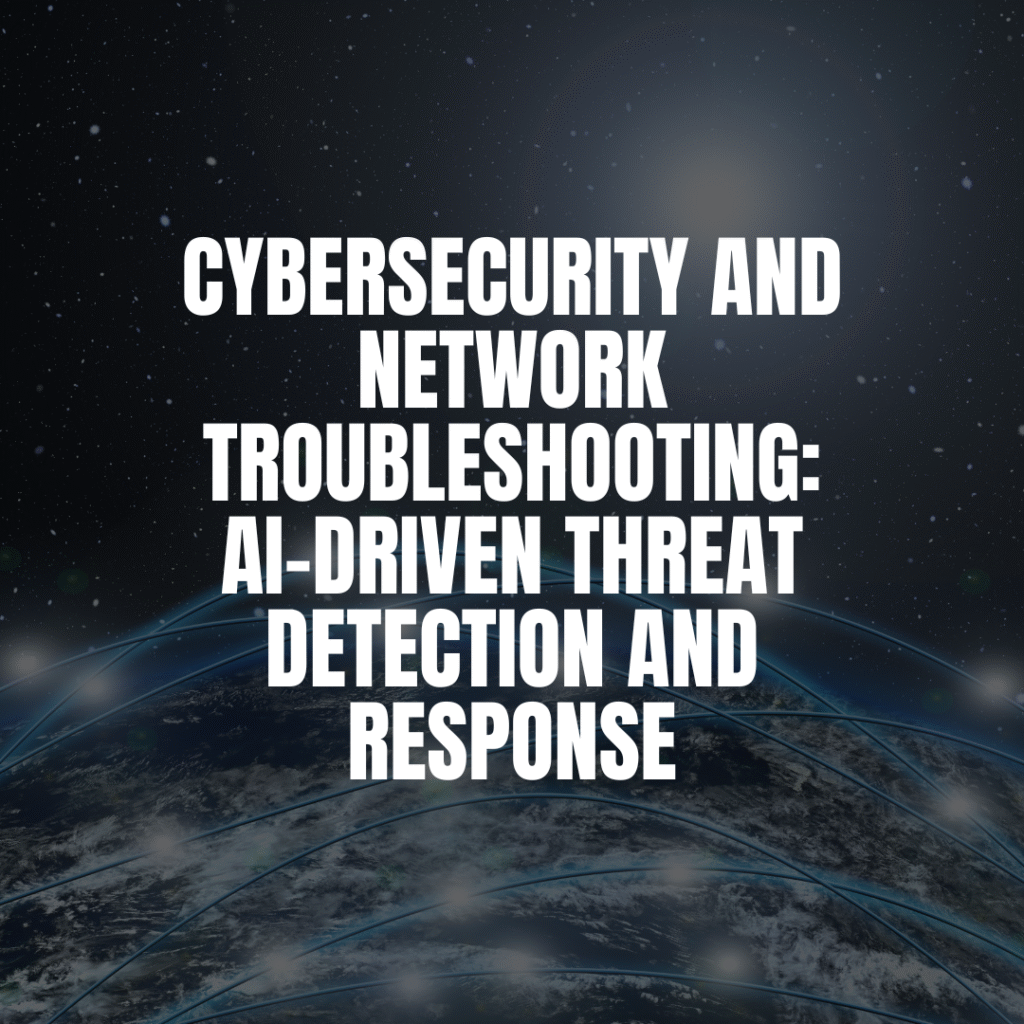
In today’s rapidly evolving digital landscape, cybersecurity threats are becoming increasingly sophisticated and frequent.
Traditional security measures, while still important, are struggling to keep pace with the sheer volume and complexity of modern cyber attacks.
This is where Artificial Intelligence (AI) steps in as a game-changer, revolutionizing how we detect, analyze, and respond to security threats.
AI-driven threat detection and response systems are transforming cybersecurity from a reactive discipline to a proactive, intelligent defense mechanism.
These systems can analyze vast amounts of data in real-time, identify patterns that would be impossible for humans to detect, and respond to threats with unprecedented speed and accuracy.
The Evolution of Threat Detection
Traditional cybersecurity approaches relied heavily on signature-based detection methods and rule-based systems.
These methods worked well against known threats but struggled with zero-day attacks and sophisticated adversaries who could adapt their tactics quickly.
AI-based threat detection represents a paradigm shift. Instead of relying solely on known threat signatures,
AI systems use machine learning algorithms to understand normal network behavior and identify anomalies that could indicate potential security threats.

Videos are added as random thoughts 💭 💭 💭…
This behavioral analysis approach allows organizations to detect previously unknown threats and advanced persistent threats (APTs) that might otherwise go unnoticed.
How AI Enhances Threat Detection
AI-driven threat detection employs several advanced technologies to identify and mitigate security risks:
Machine Learning and Pattern Recognition
Machine learning algorithms analyze historical data to identify patterns associated with malicious activities.
These systems can detect subtle indicators of compromise that human analysts might miss, such as unusual network traffic patterns, abnormal user behavior, or suspicious file modifications.
Behavioral Analytics
AI systems establish baselines of normal behavior for users, devices, and network traffic.
When activities deviate significantly from these baselines, the system flags them as potential threats.
This approach is particularly effective against insider threats and advanced attacks that use legitimate credentials.
Real-Time Analysis
Unlike traditional security tools that might analyze logs after the fact, AI-powered systems can process and analyze data streams in real-time.
This capability enables immediate threat detection and response, significantly reducing the time between initial compromise and containment.
Predictive Capabilities
Advanced AI systems don’t just detect current threats; they can predict potential future attacks based on emerging patterns and threat intelligence.
This predictive capability allows organizations to strengthen their defenses proactively.
AI in Network Troubleshooting for Security
Network troubleshooting has traditionally been a time-consuming process requiring significant expertise.
AI is transforming this landscape by automating many aspects of network analysis and problem resolution.
Automated Root Cause Analysis
AI-powered network monitoring tools can automatically identify the root cause of network issues, including those related to security incidents.
By analyzing network topology, traffic patterns, and system logs, these tools can quickly pinpoint the source of problems and suggest remediation steps.
Intelligent Alert Correlation
Modern networks generate thousands of alerts daily, making it challenging for security teams to prioritize and respond effectively.
AI systems can correlate these alerts, reducing false positives and highlighting the most critical threats that require immediate attention.
Proactive Network Health Monitoring
AI algorithms continuously monitor network health, identifying potential vulnerabilities and performance issues before they can be exploited by attackers.
This proactive approach helps maintain network security and availability.
Automated Incident Response
One of the most significant advantages of AI in cybersecurity is its ability to automate incident response processes.
Traditional incident response often involves manual investigation and remediation steps that can take hours or days to complete.
Autonomous Threat Response
AI-powered systems can automatically respond to certain types of threats without human intervention.
For example, when malware is detected, the system can immediately isolate the affected device, block malicious network traffic, and initiate remediation procedures.
Intelligent Orchestration
AI systems can orchestrate complex response workflows, coordinating actions across multiple security tools and systems.
This orchestration ensures that response activities are executed in the correct sequence and that all necessary stakeholders are notified.
Continuous Learning and Adaptation
AI-driven incident response systems learn from each incident, improving their effectiveness over time.
They can adapt their response strategies based on the success or failure of previous actions, becoming more efficient and accurate with experience.
Benefits of AI-Driven Cybersecurity
The implementation of AI in cybersecurity and network troubleshooting offers numerous benefits:
Speed and Scale: AI systems can process and analyze data at speeds far beyond human capability
Reduced False Positives: Advanced analytics significantly reduce false positive alerts
24/7 Monitoring: Continuous protection even outside business hours
Cost Efficiency: Long-term cost reduction through automation
Enhanced Threat Intelligence: Comprehensive understanding of threat landscapes
Challenges and Considerations
Despite its many benefits, implementing AI in cybersecurity also presents several challenges:
Data Quality and Privacy: Requires high-quality, properly anonymized data
Adversarial AI: Cybercriminals also leverage AI for attacks
Integration Complexity: Complex integration with existing infrastructure
Skills Gap: Need for professionals skilled in both cybersecurity and AI
The Future of AI in Cybersecurity
The future of AI-driven cybersecurity includes:
Explainable AI: Better explanations for AI decisions
Quantum-Resistant Security: Protection against quantum computing threats
Zero Trust Architecture: Continuous verification and validation
Collaborative Defense: Shared threat intelligence across organizations
Conclusion
AI-driven threat detection and response represent the future of cybersecurity.
These technologies offer unprecedented capabilities for identifying, analyzing, and responding to security threats in real-time.
While challenges remain, the benefits of implementing AI in cybersecurity far outweigh the risks.
Organizations that embrace AI-powered security solutions will be better positioned to defend against the evolving threat landscape.
The integration of AI into cybersecurity and network troubleshooting is not just a technological upgrade;
it’s a fundamental transformation that will define how we approach digital security in the years to come.
